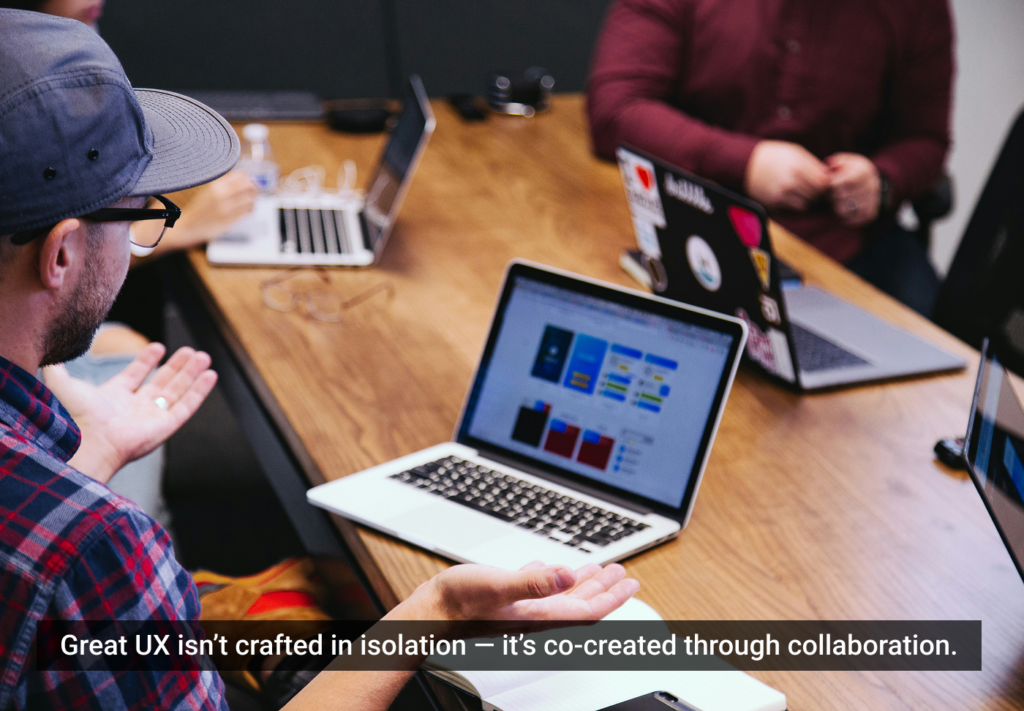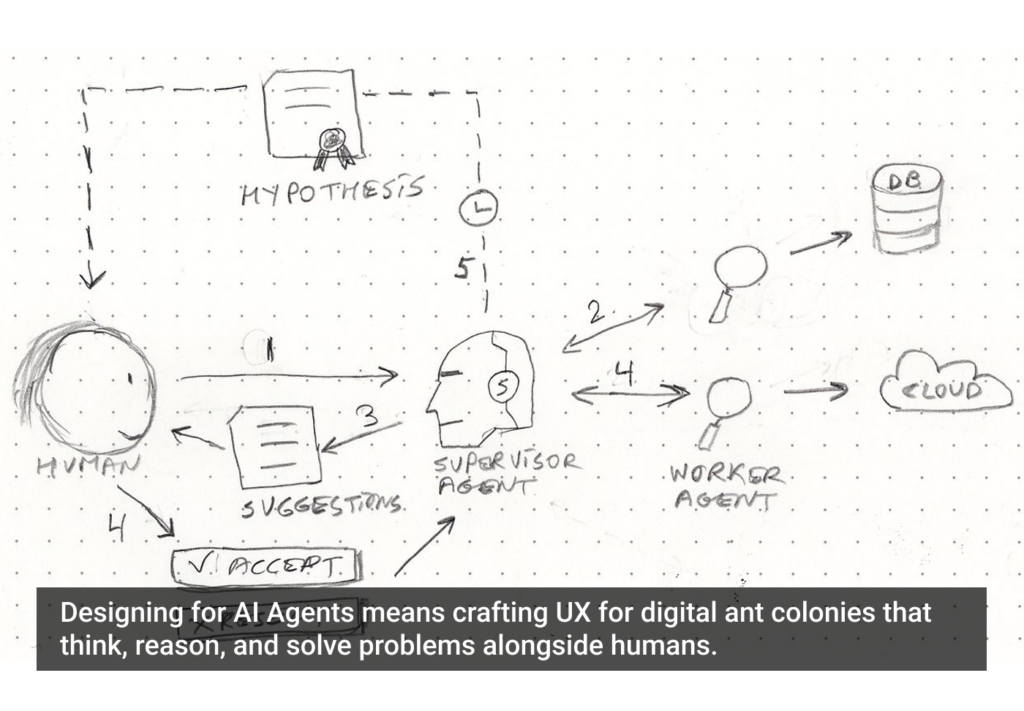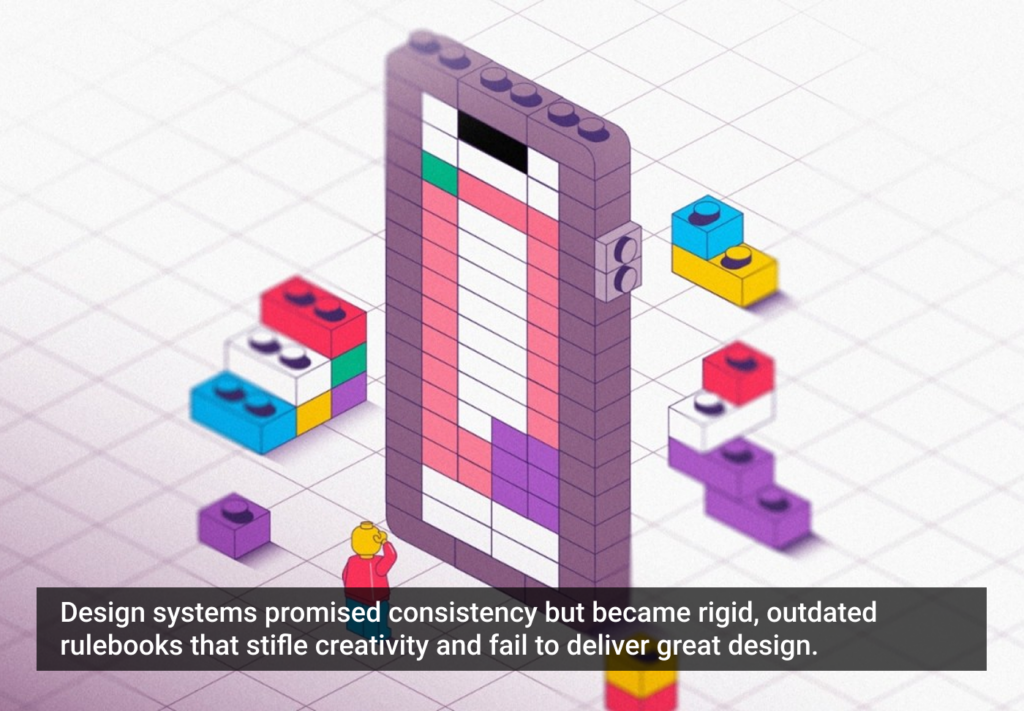So, you want to create a great user experience? The truth is, it doesn’t matter how great of a user experience design team you hire. The success of your UX project lies as much on your shoulders as it does on the team or person that you hire.
I’ve worked internally at startups of all sizes, and have also consulted with a lot of companies through my freelance UX consulting practice. After years of experience, I’ve identified some common mistakes that companies make when working with a UX company or consultant, and how to avoid making them. By following this advice you’ll set your UX hires up to create a great experience for your product.
1. Make UX a Priority
Congratulations, you’ve decided to work with a UX team to help launch or improve your product. It’s great that you’ve decided to make UX a priority, but you can’t stop there. Don’t let the day-to-day of your startup or company get in the way of giving the UX project your undivided attention. I totally understand: you’re busy, you’re drowning in email, you just don’t have time. Well you know what? You need to make time!
Your ability to be focused, present, and an active participant in the UX process is crucial to the success of your product. If you’re the founder or product owner and you can’t give your undivided attention throughout the UX process, then you’re setting your UX team up to fail.
You can hire the best UX practitioners on the planet, but if you aren’t helping guide them in understanding your company’s goals and priorities, then the solution won’t have much impact on what matters to you and your business.
2. Gather the Right Stakeholders at the Right Time
For some reason, people like to try and involve a lot of people in a UX project. I’ve often found myself presenting wireframes to upwards of 30 or 40 people because the product owner wanted to make sure “everyone felt involved in the process.” I understand the intent with this, I really do. But, I also know that great user experience is not created by committees. The key to a successful UX project is assembling the right team at the right time.
The key to a successful UX project is assembling the right team at the right time
At the beginning of a project, it might make sense to have more of your team involved. The beginning of a project is when the UX designers are in information-gathering mode. They are trying to extract as much knowledge as possible so that they’re equipped to develop a strategy and solution for your product.
After that discovery phase, however, you might want to limit the number of people from your team who provide feedback and are involved on the UX project. When more people are present, it’s easy to succumb to opinion-itis. As well, when more people are involved, it might intimidate people from truly speaking their opinion out of fear of what others may think.
So try to get the right people in the room at the right time. It’ll help maintain momentum for your project and ensure that you’re equipping your UX team with the best information possible.
3. Be Rapid with Your Feedback
I can’t tell you how many times I’ve been in a kickoff meeting for a project and the founder or someone from the startup will spend 15 minutes talking about how urgent the project is and how critical it is to work very rapidly and stay focused.
We start with good momentum. The UX team or consultant works really hard to develop concepts and translate them into wireframes. We have a productive review meeting where the UX team walks the company stakeholders through the wireframes. And then … crickets. Days go by. Trying to get feedback from the company stakeholders (founder, product manager, etc) is a near-impossible task.
This is one of the most frustrating things that can happen on a UX project. Especially because you know that when you finally do receive that feedback, it will likely be rushed and not well though out, and therefore, will likely change in a few days.
So if you are working with a UX agency or consultant, really try to make an effort to get your feedback turned around quickly. It will help maintain momentum in the project, which is critical to not only the timeline, but also the quality of the UX solution that you create alongside that UX team.
4. Don’t Rush Toward a Launch Date
Do not choose a launch date before you consult with your UX team. This is one of the most frustrating mistakes that I see companies make. For example, companies who have commerce products decide they need to launch on Black Friday. So in late September they decide to hire a UX agency or consultant. Then, they realize that in order to launch at the end of November, their development team will need designs by mid October. This leaves only a few short weeks for the UX process.
So what happens? Well, the company will stick to that deadline. Then, they ask for all the features under the sun under the condition that when the launch date gets closer, they can simply cut things that the tech team can’t build in time. I’m here to tell you that you can’t just slash features to make a deadline and expect to have a great experience!! Do not allow yourself to participate in feature slashing.
Why? Well, because features are often cut based on the time they require to be coded without consideration for the value that each feature adds to the product and the user experience. The end result is often a product that is launched lacking key features and that often doesn’t actually solve the real problem of the intended user.
Filmmakers don’t slash scenes just because they run out of time. The movie likely wouldn’t make sense any more. In the same way, when you slash features from your product, you risk that your product and user experience won’t make sense anymore.
5. Don’t Isolate Your Developers
As a UX designer, I’ve learned the immense value that early collaboration with developers can bring to a product. When I’m working on a project, I always try to get access to developers early on for a few reasons.
First, it helps to have conversations with developers early on so that you can understand what’s technically possible in terms of the data structure, technologies, and timelines. Second, you never know what ideas developers might have for the product.
It continues to amaze me how many companies isolate their developers. Even if you are outsourcing development, you still need to open up those lines of communication.
6. There is No Excuse for No Data
I can’t tell you how many times I’ve worked with a team that has a product in market, yet somehow they don’t have any analytics. Today, there’s no excuse for not having analytics. At a minimum you should have Google Analytics installed. Yes, the data might be a bit messy if, for example, you haven’t filtered out your own team’s IP addresses. But, I’d rather see that data than no data.
It’s not about how clean the data is, it’s about the quality of insights that you can derive from that data. If you have a product in market and don’t have analytics in place, stop what you are doing right now and go demand that someone install Google Analytics.
Conclusion
If you are embarking on a UX project with a UX agency or consultant, do yourself a favor and do everything within your power to avoid making the mistakes I’ve outlined here! And if you’d like to add to this list, please leave your ideas in the comments below—I’d love to hear your thoughts!
Photo of sinking boat courtesy Shutterstock







